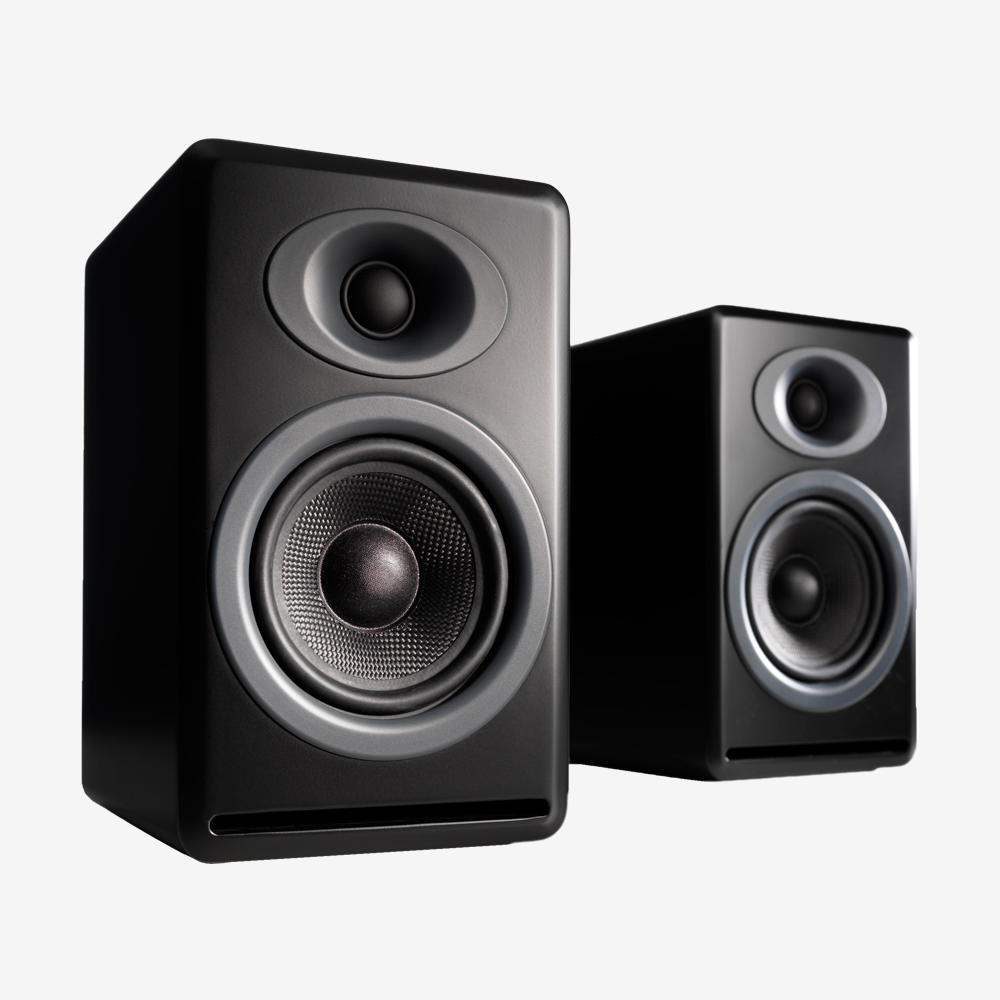High-fidelity (hi-fi) speakers are essential components of audio setups designed for maximum sound quality. Whether you’re an audiophile immersing yourself in the nuances of a symphony or a sound engineer fine-tuning a track, understanding the technology behind these speakers can greatly enhance your listening experience. This article unpacks the intricate components, design principles, and innovative technologies that make high-fidelity speaker unique. By exploring each aspect, you can gain a deeper appreciation for the precision and artistry involved in sound reproduction.
Understanding High-Fidelity Sound
What is High-Fidelity?
High-fidelity sound, often abbreviated as hi-fi, refers to audio reproduction that aims to achieve sound quality closely resembling the original recording. Producers and artists aim for an accurate representation of their music, free from distortion or excess noise. In practical terms, a hi-fi system reproduces sound with little to no deviation from the source, which is crucial for discerning listeners. Key characteristics of high-fidelity sound include a wide frequency response, extended dynamic range, and precise spatial imaging. These aspects allow listeners to engage fully with the music, offering an experience rich with detail and authenticity.
The Importance of Accurate Sound Reproduction
For sound engineers, musicians, and producers, accurate sound reproduction is vital. Professionals rely on high-fidelity speakers to make informed decisions during recording, mixing, and mastering. If sound fidelity falls short, the finished product may lack the intended emotional impact. For casual listeners, the difference between standard and high-fidelity speakers is often astonishing. A well-designed hi-fi speaker can uncover layers in familiar tracks that cheaper speakers might obscure. The joy of rediscovering favorite songs through high-fidelity sound cannot be overstated. It invites listeners to appreciate the subtleties of texture, harmony, and dynamics that make music a profound experience.
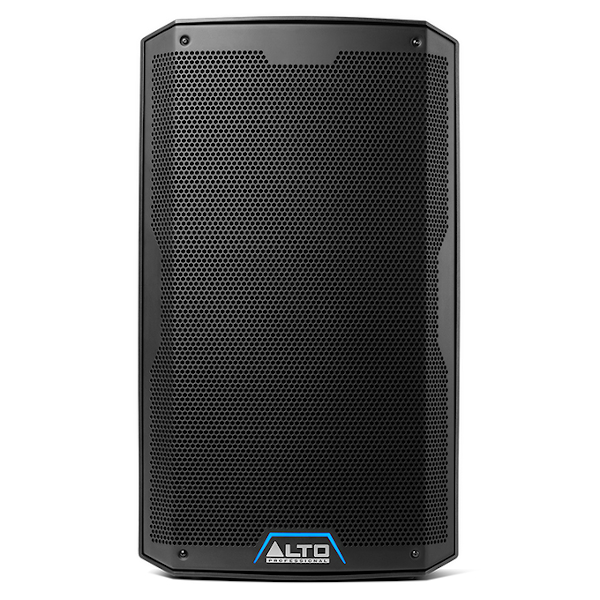
Key Components of Hi-Fi Speakers
Drivers: The Heart of the Speaker
At the core of every speaker lies its drivers, which convert electrical signals into sound vibrations. The two most common types of drivers in hi-fi systems are woofers and tweeters. Woofers focus on low frequencies, delivering robust bass, while tweeters handle high frequencies, ensuring clarity in vocals and instruments. Some high-end models also have dedicated midrange drivers that enhance vocal presence and instrument clarity, creating a more balanced audio output. The quality and construction of these drivers significantly influence the overall sound. Drivers made from high-quality materials provide better responsiveness, resulting in improved transient response and lower distortion, which is critical for achieving high fidelity.
Crossover Networks
Crossover networks play a crucial role in directing sound frequencies to the appropriate drivers. These networks utilize filters to ensure that each driver receives only the frequencies it’s designed to handle. For example, low frequencies are sent to woofers, while high frequencies reach tweeters. A well-designed crossover network enhances audio clarity by preventing overlapping frequencies that could muddy the sound. High-quality crossover networks also help manage speaker impedance, optimizing performance and reducing distortion. Understanding how crossover networks function deepens your appreciation for hi-fi sound reproduction, highlighting the engineering behind what you hear.
Enclosure Design
Acoustic Properties of the Enclosure
The enclosure, or cabinet, houses the drivers and plays a fundamental role in sound quality. The enclosure design profoundly influences sound resonance and projection. Various designs, such as sealed (acoustic suspension) and ported (vented), cater to different audio preferences. A sealed enclosure provides accurate bass response due to its tight air chamber, creating a more natural sound. In contrast, a ported design is more efficient and can produce louder sound levels, but it may introduce some distortion if not designed properly. Recognizing how different enclosure designs affect sound performance helps you understand the nuances involved in speaker engineering.
Material Selection and Construction
The materials used in speaker construction significantly impact sound quality. Common materials for speaker cabinets include Medium Density Fiberboard (MDF), plywood, and composite materials. MDF is often favored due to its density and acoustic properties, which minimize unwanted vibrations and resonances that can adversely affect sound quality. Additionally, cabinet construction plays a vital role in sturdiness. High-quality enclosures reduce sound leakage and enhance the overall listening experience. Properly sealed cabinets eliminate unwanted air movement that can allow sound to escape, ensuring listeners become fully immersed in the rich sounds produced by the speaker.

The Role of Amplification
Matching Amplifiers and Speakers
The amplification process is crucial for achieving high-fidelity sound. An amplifier boosts the weak audio signals from a source, making them strong enough to power the speakers effectively. Matching the amplifier to the speakers is essential; the power output must be appropriate for the speaker’s power handling to avoid distortion or potential damage. Look for specifications such as RMS (Root Mean Square), which indicate continuous power output, and peak power ratings, which reflect maximum output capabilities during dynamic musical passages. Ensuring these specifications are compatible will lead to a more enjoyable listening experience without compromising the longevity of your equipment.
Integrated vs. Separate Amplification
High-fidelity systems offer various amplification configurations, such as integrated amplifiers, which combine preamp and power amplifier functionality in one unit. This setup is convenient for those with less space or who want a simpler system. However, many audiophiles prefer separate components, believing that dedicated units can provide superior sound quality and flexibility. Additional options and customizability come into play when using separate components, allowing you to tailor your system to your liking. Understanding the advantages of different amplification approaches helps you make informed choices that align with your listening habits and preferences.
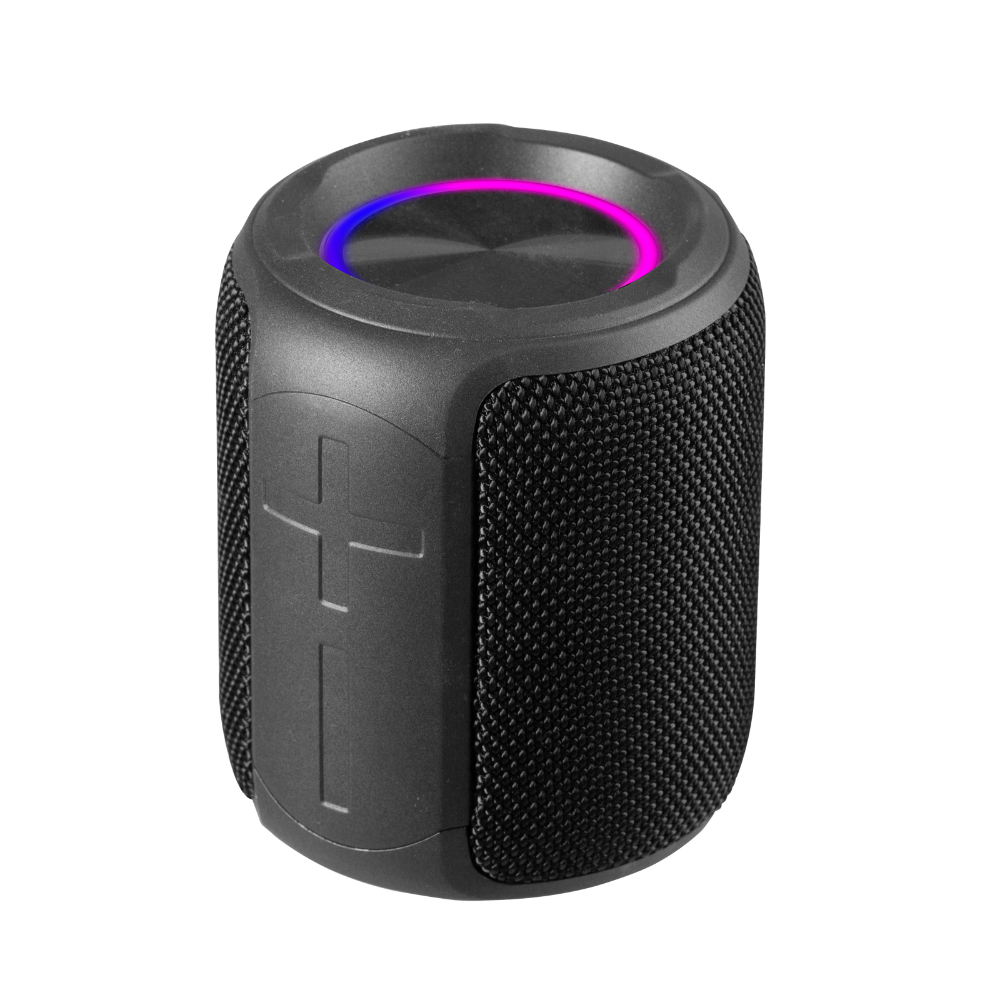
Advanced Technology in Hi-Fi Speakers
Digital Signal Processing (DSP)
Digital Signal Processing (DSP) has transformed how audio is managed, particularly in high-fidelity speakers. DSP technology analyzes audio signals to enhance sound quality through features like equalization, delay, and crossover functions. Some speakers utilize DSP to adapt their output based on the listening environment, automatically adjusting for factors like room acoustics and speaker placement. This adaptability ensures that users experience optimal sound quality, even in acoustically challenging spaces. Familiarity with DSP capabilities allows you to appreciate the sophistication of modern high-fidelity systems and how they cater to diverse listening conditions.
Wireless & Smart Technologies
The recent shift toward wireless technology in hi-fi speakers has dramatically increased convenience and flexibility. Bluetooth and Wi-Fi capabilities enable seamless music streaming from various devices, allowing you to enjoy high-quality audio without cumbersome cables. Some high-end models boast smart features, integrating voice control through platforms such as Amazon Alexa or Google Assistant. These advancements open up new possibilities for interaction and sound customization, making high-fidelity audio more accessible to casual listeners. Being aware of these smart technologies enhances your understanding of how they impact your overall listening experience.
Calibration and Setup
Room Acoustics
Setting up your high-fidelity system is crucial for achieving optimal sound quality. Room acoustics significantly affect how sound behaves in a space, meaning factors such as room size, shape, and furnishings play essential roles. Proper speaker placement can enhance sound performance. Ideally, speakers should form an equilateral triangle with the listening position, allowing for balanced sound distribution and optimal imaging. To further enhance the setup, consider using acoustic panels or bass traps to manage reflections and reverberations, resulting in a more accurate audio experience.
Calibration Techniques
Modern high-fidelity speakers often come equipped with built-in calibration tools or companion apps that analyze room acoustics. These tools can automatically adjust settings for optimal performance, making it easier for users to achieve a high-quality listening experience. By systematically evaluating factors like frequency response and echo, the calibration process fine-tunes the audio output. Understanding the importance of calibration significantly enhances your listening experience, as it ensures that each element in your setup works cohesively to deliver the best possible sound.
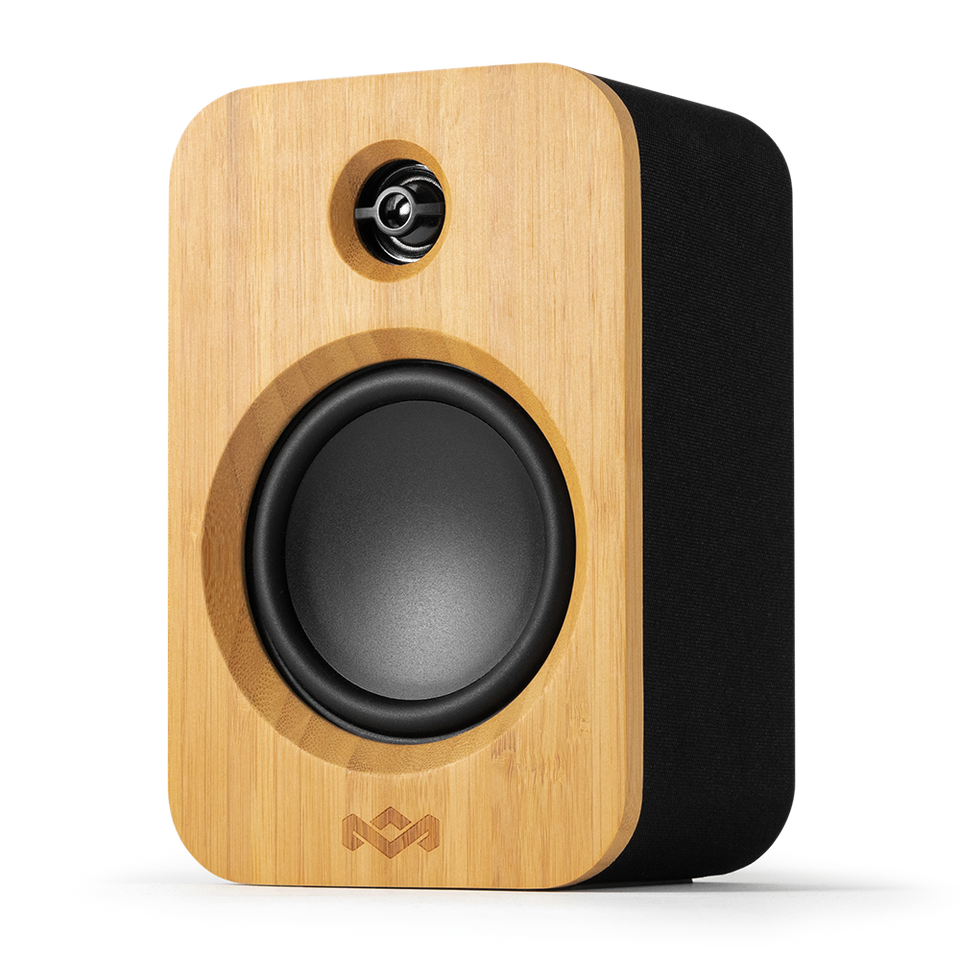
The Future of Hi-Fi Technology
Emerging Trends
The world of high-fidelity sound is continually evolving, with emerging trends promising to enhance audio experiences. One exciting development is the integration of artificial intelligence (AI) into audio systems. AI can analyze listening habits and preferences, adapting sound output dynamically to ensure the best possible experience. Moreover, new audio formats such as immersive audio and spatial sound are redefining how we think about music, pushing the boundaries of traditional stereo setups. These advances not only excite audio enthusiasts but also open doors for entire new markets of listeners seeking unparalleled experiences.
Sustainability in Speaker Design
An emerging trend within the audio industry is growing awareness and focus on sustainability. Manufacturers are increasingly exploring eco-friendly materials, recyclable components, and energy-efficient production processes. Consumers are becoming more conscious of their environmental impact, prompting brands to consider sustainable practices in their designs. This shift benefits both the industry and the planet, as it promotes responsible manufacturing without sacrificing audio quality. Understanding this trend shows that high-fidelity sound doesn’t have to come at the expense of environmental considerations, paving the way for a greener future in audio technology.
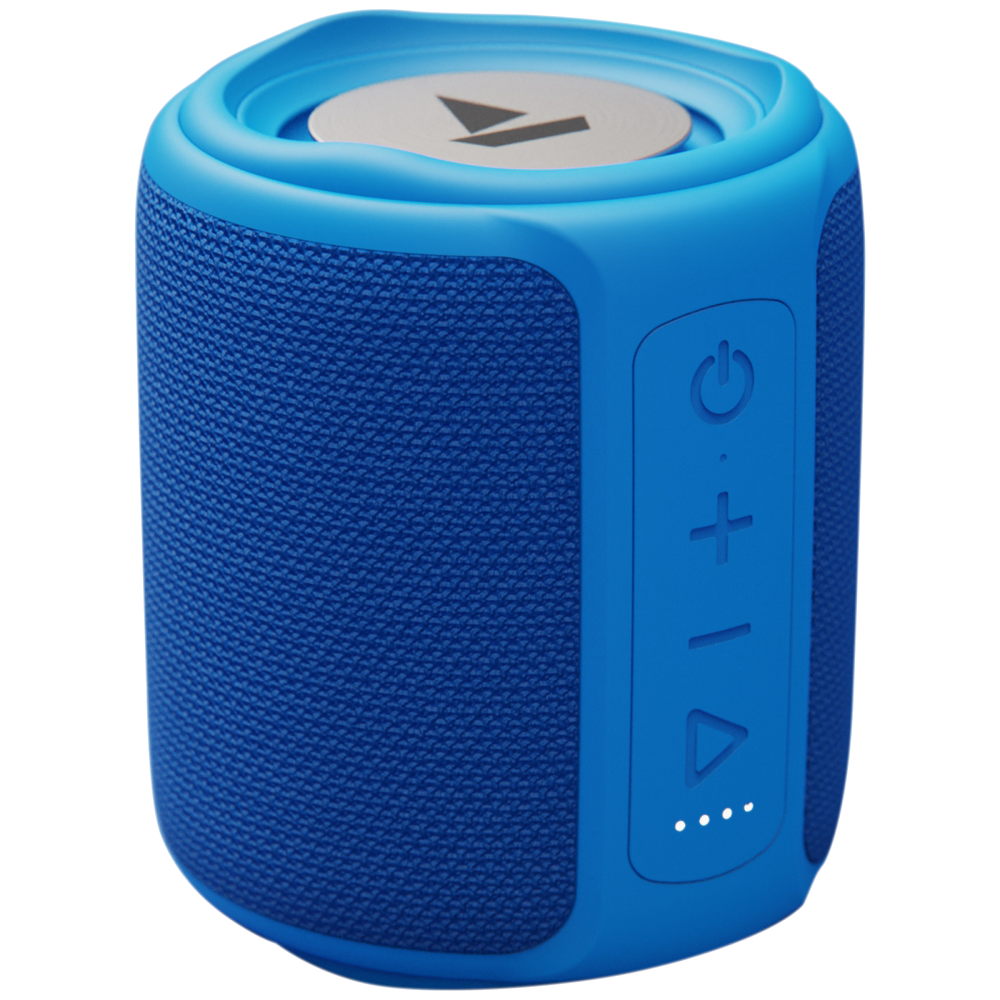
The Art and Science of High-Fidelity Sound
Exploring the technology behind high-fidelity speaker reveals a complex interplay of components and principles working together to deliver stunning sound quality. By understanding drivers, enclosures, and amplification setups, along with the benefits of advanced technology and calibration, listeners can truly appreciate the intricacies of audio engineering. As technology advances, the future of high-fidelity sound promises even greater innovations, enriching our musical experiences and enhancing our connection to the art of sound. Embrace this journey into high-fidelity audio, and unlock the full potential of your listening experiences for years to come.
